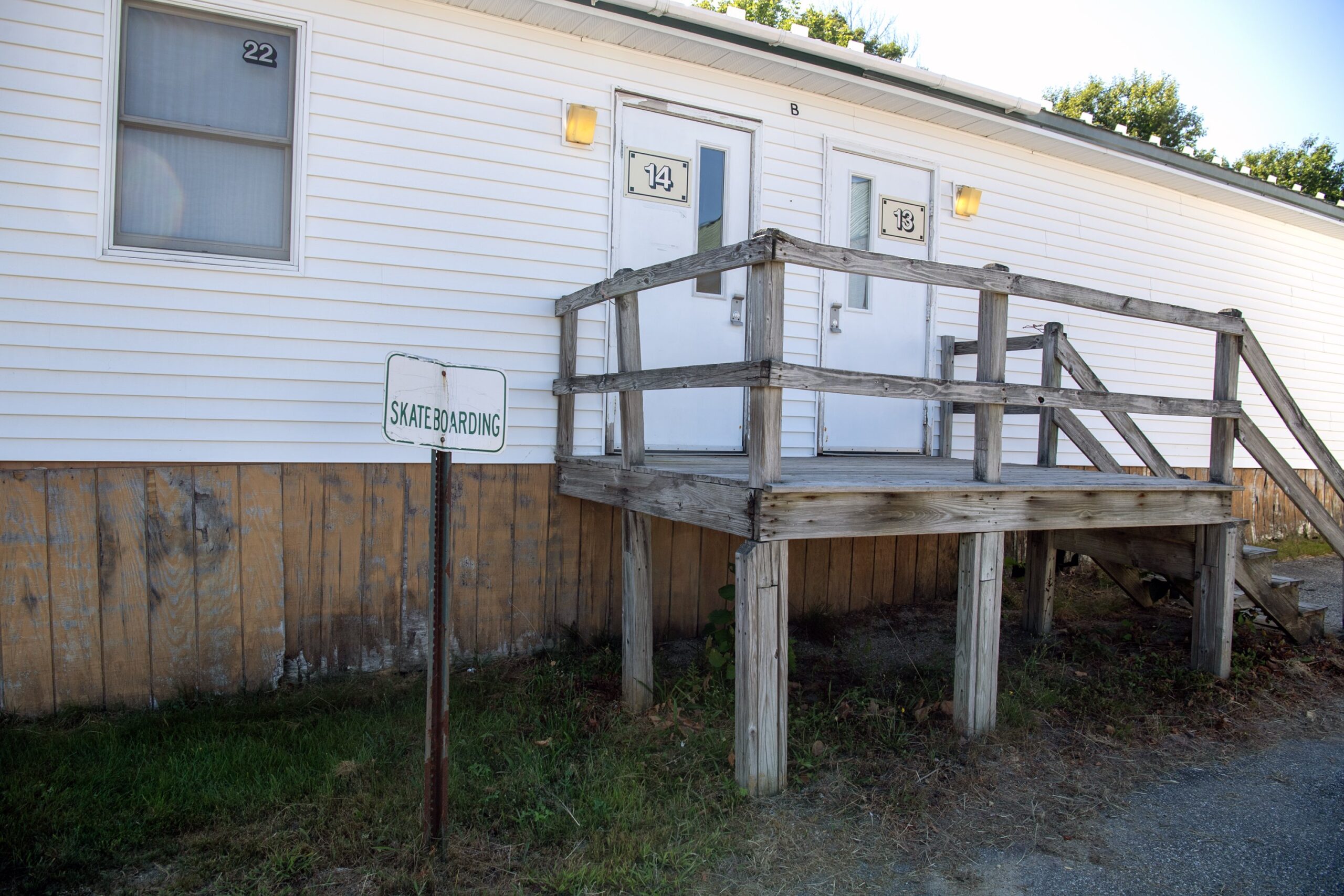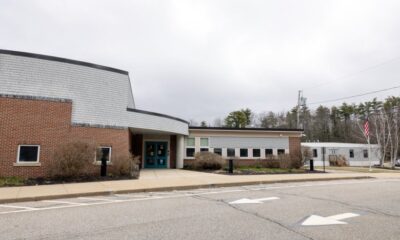Education
Maine’s School Construction Crisis Demands Urgent Funding Solutions

Maine’s education system faces a significant crisis with its school infrastructure, as highlighted by recent reports detailing a severe backlog in necessary construction and repairs. This situation has reached a critical point, with a state commission revealing that 500 out of 600 schools will require replacement by 2045 if current funding levels remain unchanged.
In a state known for its strong bond ratings and fiscal responsibility, the condition of school buildings is alarming. Many facilities are outdated, with some constructed as far back as 1950. For instance, an elementary school in Standish is described as lacking essential safety features, such as sprinklers, and not meeting standards set by the Americans With Disabilities Act. The school’s heating and cooling system is failing, and classrooms are housed in temporary structures long past their intended lifespan.
The financial landscape for school funding in Maine has become increasingly dire. According to the preliminary report from the state commission, the gap between required rebuild projects and available funding continues to widen. As one superintendent noted, “There’s no magic money.” Yet, there are potential revenue sources that could be explored.
A letter to the editor by Jeff Gardner from Cumberland suggested focusing on taxation of second homes as a means to generate additional revenue. Maine’s reputation as a vacation destination offers economic opportunities that could be capitalized upon to support education funding. While there is a reluctance to impose higher taxes, Gardner argues that the current educational costs are unsustainable, especially as K-12 enrollment declines and educational outcomes falter.
Community responses to funding proposals have often been negative, even in more affluent areas. Phrases like “don’t fund failure” resonate with voters who are increasingly skeptical of spending on schools. This trend highlights a growing disconnection between community expectations for educational quality and the necessary financial support to achieve it.
To address these challenges effectively, Maine must reassess its approach to school funding. Innovative fundraising strategies need to be implemented alongside a comprehensive examination of existing costs. Without significant investment, the ongoing deterioration of school facilities will likely continue, leaving students in unsafe and inadequate learning environments.
The urgency of this situation cannot be overstated. Maine must prioritize the education of its children and ensure that safe, functional school buildings are a reality, not just a wish list. With the right funding and community support, Maine can move towards a more sustainable future for its schools.
-

 Technology5 months ago
Technology5 months agoDiscover the Top 10 Calorie Counting Apps of 2025
-

 Health3 months ago
Health3 months agoBella Hadid Shares Health Update After Treatment for Lyme Disease
-

 Health3 months ago
Health3 months agoErin Bates Shares Recovery Update Following Sepsis Complications
-

 Technology4 months ago
Technology4 months agoDiscover How to Reverse Image Search Using ChatGPT Effortlessly
-

 Technology1 month ago
Technology1 month agoDiscover 2025’s Top GPUs for Exceptional 4K Gaming Performance
-

 Technology3 months ago
Technology3 months agoElectric Moto Influencer Surronster Arrested in Tijuana
-

 Technology5 months ago
Technology5 months agoMeta Initiates $60B AI Data Center Expansion, Starting in Ohio
-

 Technology5 months ago
Technology5 months agoRecovering a Suspended TikTok Account: A Step-by-Step Guide
-

 Health5 months ago
Health5 months agoTested: Rab Firewall Mountain Jacket Survives Harsh Conditions
-

 Lifestyle5 months ago
Lifestyle5 months agoBelton Family Reunites After Daughter Survives Hill Country Floods
-

 Health3 months ago
Health3 months agoAnalysts Project Stronger Growth for Apple’s iPhone 17 Lineup
-

 Technology4 months ago
Technology4 months agoHarmonic Launches AI Chatbot App to Transform Mathematical Reasoning





















